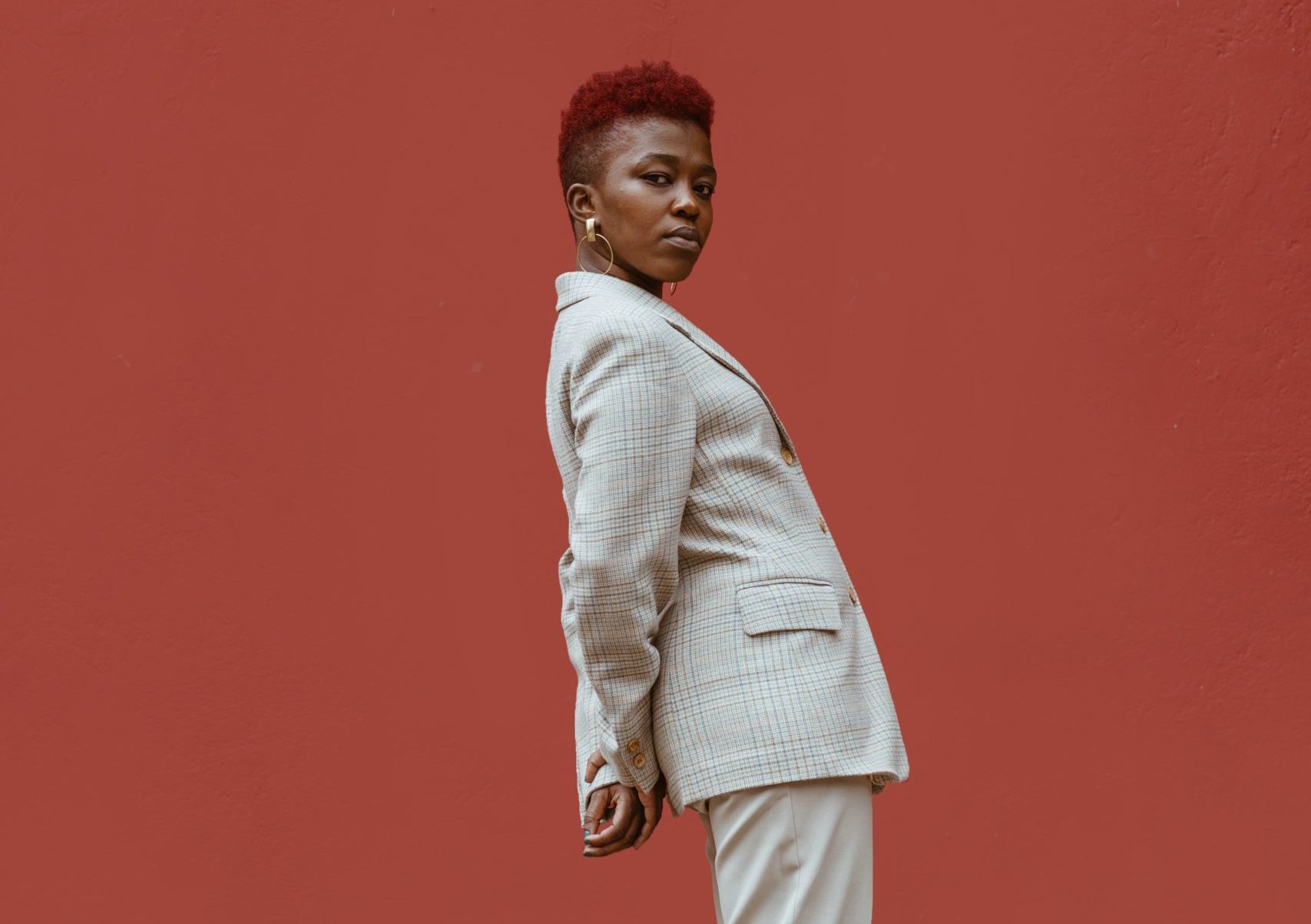The year 2020 has been momentous and unprecedented in many ways, but one of the most profound shifts has been the influx of women into politics. This election cycle, women have been running for office in unprecedented numbers, mobilizing their communities, and driving the debate on the nation’s direction and priorities. The continued unjust killing of Black Americans by police officers and subsequent unrest, the global pandemic and the lack of leadership from the White House to contain the spread of the virus, leading to more than 220,000 deaths, and the subsequent economic ‘shecession’ have motivated even more women to put their hats in the ring and run for elected office. Yet, we’re also seeing historic levels of voter suppression. Free and fair elections are critical to reaching gender parity in politics.
While 2020 has seen record numbers of women running for both the U.S. Congress (643) and State Legislatures (3,416), the influx of women into political office did not begin in 2020. Starting in 2018, the number of women running for Congress jumped to 529 – up from 313 in 2016 – and the number of women running for State Legislatures rose to 3,418 – a drastic increase from the 2,649 who ran in 2016. All of which led to a record share of women in elected office in 2019 – 126 women, including 47 women of color, in the U.S. Congress – brining a diverse range of expertise, experiences, and broad and inclusive agendas for change.
Yet, these women candidates have to overcome countless systemic barriers to get elected. Unlike men, women candidates must contend with “campaigning while female,” along with sexist or inappropriate treatment from the media, political groups, peers and colleagues, opponents, donors, and voters. Women also struggle to raise money from donors, and Black women must overcome sexism and racism to “prove” they are viable candidates: while white male candidates raised more than $1.5 billion and white women raised $811 million in the first three quarters of 2020, Black women candidates only raised $81 million.
In addition to these specific gendered obstacles, the 2020 election is rife with election issues, from health and safety concerns due to the COVID-19 pandemic and its impact on people’s ability to vote to increased issues of voter suppression and tampering. In Georgia and Ohio, polling location closures have led to increasingly long lines and hours of waiting for Black and brown voters. At the same time, California faced illegal unofficial ballot drop-off boxes and joined Texas in limiting the number of official drop-off boxes per county, severely impacting Latinx communities. Making matters worse is the nationwide fight over the postal service and delays and challenges to mail-in ballots.
The fact that such extraordinary voter suppression is taking place at the same time our democracy is seeing a historic influx of women candidates is not a coincidence. However, we cannot ignore the barrier these threats pose to women running for office, especially those challenging incumbent men.
Fair, transparent, and fully accessible elections are critical for a healthy and robust democracy and are equally vital for inclusion and equity. If these issues are not proactively addressed, women will not reach parity in elected office for quite some time. According to IWPR research, if the pace of change remains the same since 1960, women will not reach parity with men in Congress until 2108 – a wait of 88 years. Given the increased momentum seen in the past few election cycles, however, women have shown that they are unwilling to wait that long. Systemic barriers need to be proactively addressed to ensure that parity will be reached.


